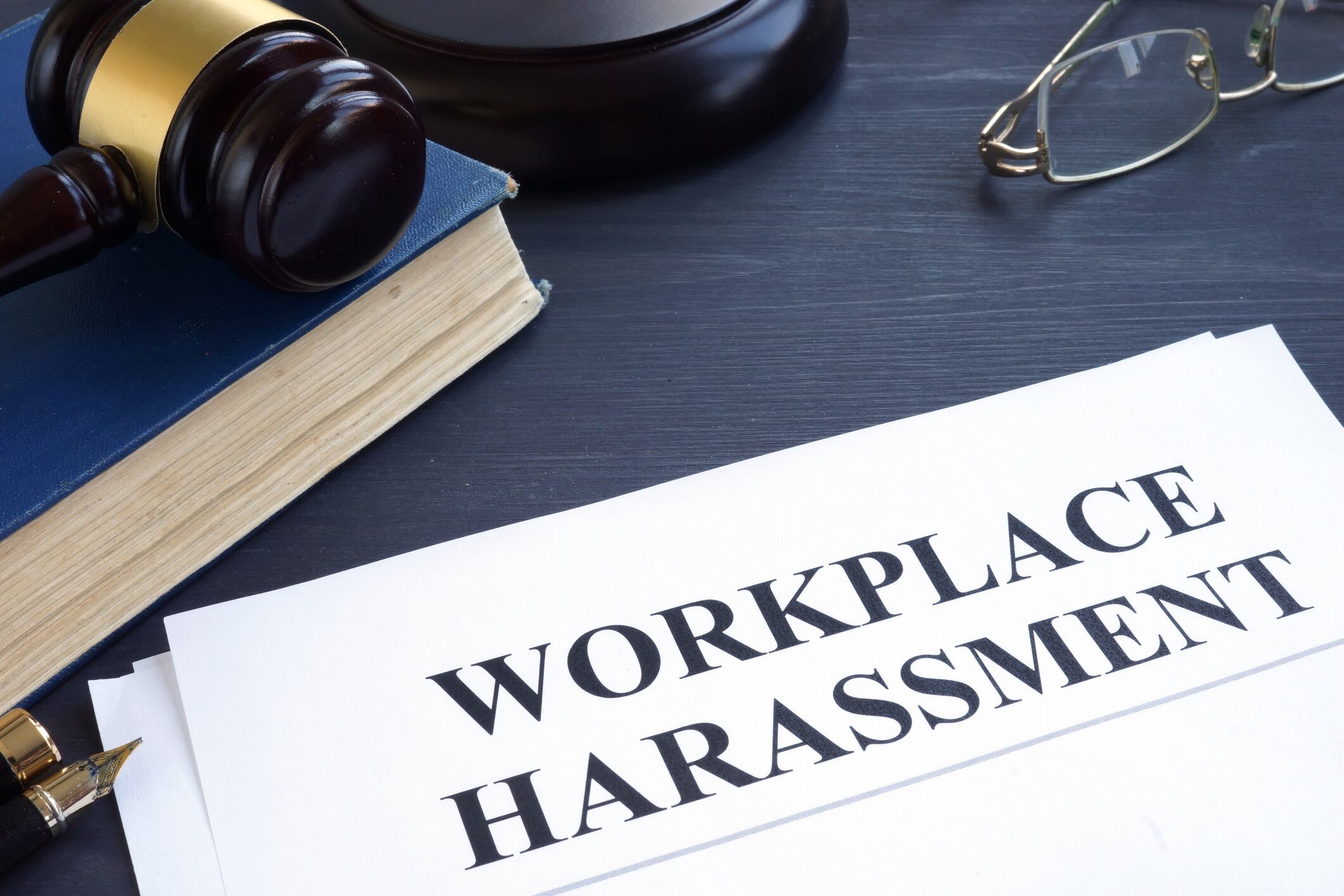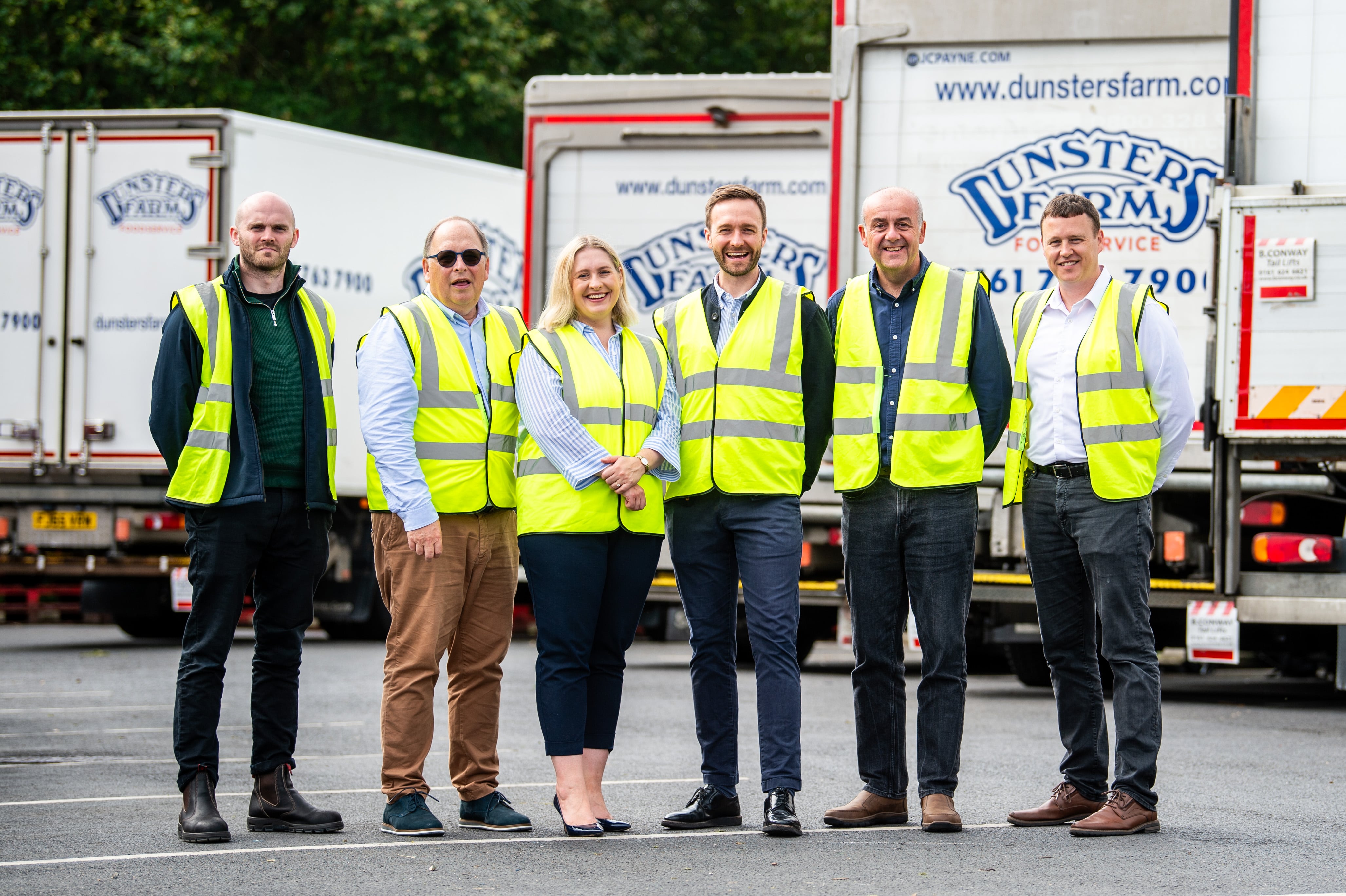The manufacturing sector, a cornerstone of the UK economy, must be prepared for increasing scrutiny around workplace harassment and misconduct. Although the Worker Protection (Amendment of Equality Act 2010) Act 2023 formally came into force last October, recent developments make it clear why this issue must remain front of mind.
In March 2025, the Equality and Human Rights Commission (EHRC) issued a formal warning to all 1,400 McDonald’s UK restaurants following serious concerns about ongoing workplace harassment. Although McDonald’s operates within the hospitality sector rather than food manufacturing specifically, the case provides a powerful and highly relevant example for employers across all industries, including manufacturing. It highlights the very real and serious legal, financial and reputational consequences that arise when businesses fail to proactively address workplace misconduct.
The McDonald’s case is a timely reminder that all sectors, including manufacturing, must treat the duty to prevent harassment as a live and urgent issue. More than 700 young workers filed legal claims against McDonald’s, alleging sexual harassment, bullying and discrimination across more than 450 sites – despite the company having signed a legally binding agreement with the EHRC the previous year and publicly pledging to improve workplace culture.
For food manufacturers, who often operate with large, diverse workforces across production sites, alongside complex staffing models involving agency and temporary workers, the risks of non-compliance are equally serious – and arguably heightened given the specific dynamics of factory, warehouse and industrial environments.
The Worker Protection Act has fundamentally shifted the legal landscape. Whilst businesses should never simply rely on policies that sit untouched in handbooks or assume that isolated training sessions are enough, the Worker Protection Act enhances the focus now on the practical and preventative measures that should be enforced and implemented now. Employers must now show real, active measures to prevent harassment across all areas of the business. A superficial approach simply will not be enough – nor should it.
What the Worker Protection Act demands
The Worker Protection Act introduces a new legal duty that requires employers to take “reasonable steps” to prevent sexual harassment in the workplace. It marks a major shift away from reactive approaches to one of active prevention and leadership accountability.
For manufacturing businesses, the operational realities, including isolated working, shift patterns and frequent use of agency staff, demand an even more robust approach. Reasonable steps will vary by business, but are likely to include comprehensive, site-specific risk assessments tailored to each factory or production environment, meaningful employee training that is both regular and practical, clear and well-communicated reporting procedures, and ongoing management oversight embedded into daily operations. Crucially, it requires real engagement from leadership teams, not just HR functions.
Employers must demonstrate that harassment prevention is embedded into daily practices and workplace culture. Risk assessments should be updated regularly to reflect changing operations, and policies and procedures should be easily accessible and understood across the workforce, including by temporary and agency workers. Bad behaviour or practices must be dealt with immediately and those responsible, held accountable. Leaders and managers need to lead by example with not only how they conduct themselves, but with how they address unacceptable and problematic behaviour and culture – they should be at the forefront of driving change.
The EHRC’s powers have also been enhanced. It can now launch investigations into organisations it suspects are failing in their duty, while employment tribunals can uplift compensation awards by up to 25% if an employer is found to have breached the preventative duty. The risks - both financial and reputational - are significant and should not be ignored.
Beyond compliance
Meaningful compliance with the Worker Protection Act requires far more than updated documentation. Businesses must focus on creating a workplace culture that genuinely prevents harassment, not one that simply responds to it after the fact.
Employers must ensure all levels of their workforce understand expected behaviours, recognise unacceptable conduct and feel confident that concerns will be addressed swiftly and confidentially. Training should be regular, engaging and tailored to the practical realities of manufacturing environments. It is also vital that supervisors and line managers are trained to spot early signs of inappropriate behaviour and act immediately.
Leadership visibility is also key. Senior leaders must actively demonstrate their commitment to fostering a respectful culture. Without visible endorsement and role-modelling from the top, even the best policies will fail to gain traction on the ground.
Manufacturers must also ensure that workers feel safe to report concerns. This means offering a variety of reporting options, protecting confidentiality and providing reassurance against victimisation. Third-party harassment - from contractors, suppliers and visitors - must also be addressed. Clear site rules and expectations should extend beyond the immediate workforce to anyone interacting with employees.
Ultimately, creating a safe, inclusive culture is not just about mitigating risk – it is about building workplaces where employees feel respected, valued, safe and empowered to perform at their best.
Taking action now
The ongoing fallout from the McDonald’s case - despite prior commitments and regulatory intervention – is a stark warning of what happens when action is superficial rather than systemic.
Businesses cannot afford to treat the Worker Protection Act as a one-off compliance exercise. Proactive, sustained efforts are now essential to meet legal obligations, protect employees and safeguard business reputations.
By embedding a genuine culture of respect, manufacturers will not only reduce legal risk but also strengthen retention, engagement and productivity at a time when competition for talent has never been fiercer.
Taking action today isn’t just the legally required step. It’s a critical investment in the future resilience and success of all businesses.




